Luxury private jets are one thing, but the real movers and shakers in the VIP world demand cutting-edge, customized helicopters.
For ultrawealthy individuals and heads of state, the idea of hopping over traffic to land close to – or at – their destination has huge appeal.
But these VVIPs now demand more than just a workaday private helicopter. For them, it’s all about flying in total comfort.
And major helicopter manufacturers such as Airbus Helicopters, Bell Helicopter, Leonardo and Sikorsky are developing specific designs for this very demanding sector.
Airplanes, yachts and helicopters
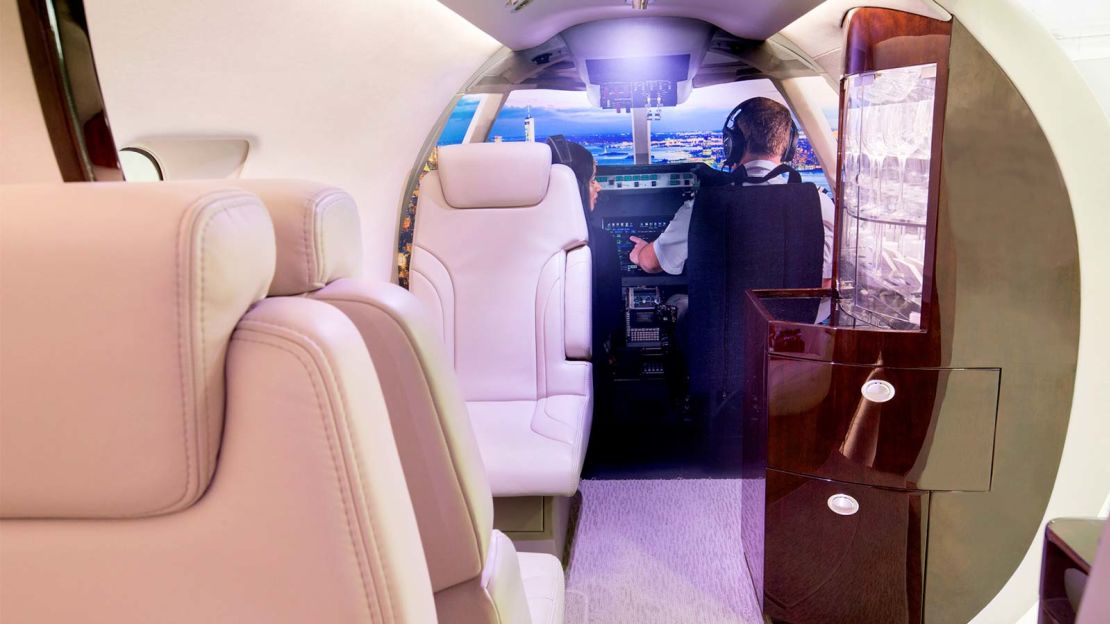
The vibrancy of this market is clear from the string of novelties that have recently been unveiled.
In May 2017, the helicopter arm of the European aerospace giant Airbus launched Airbus Corporate Helicopters (ACH) to gather the luxury versions of its helicopter range under a single brand.
Italian manufacturer Leonardo, meanwhile, is preparing to launch a truly revolutionary tiltrotor aircraft – the AW609 – that combines some of the characteristics of airplanes and helicopters.
On the other side of the Atlantic, Sikorsky is working on the new presidential helicopter – the VH-92A – while Bell Helicopter has come up with the first ever fly-by-wire helicopter, the roomy Bell 525 Relentless.
Fly-by-wire, where the aircraft is controlled through electronic rather than mechanical systems, is now the norm in commercial aircraft but not yet in helicopters.
What sets luxury helicopters apart?
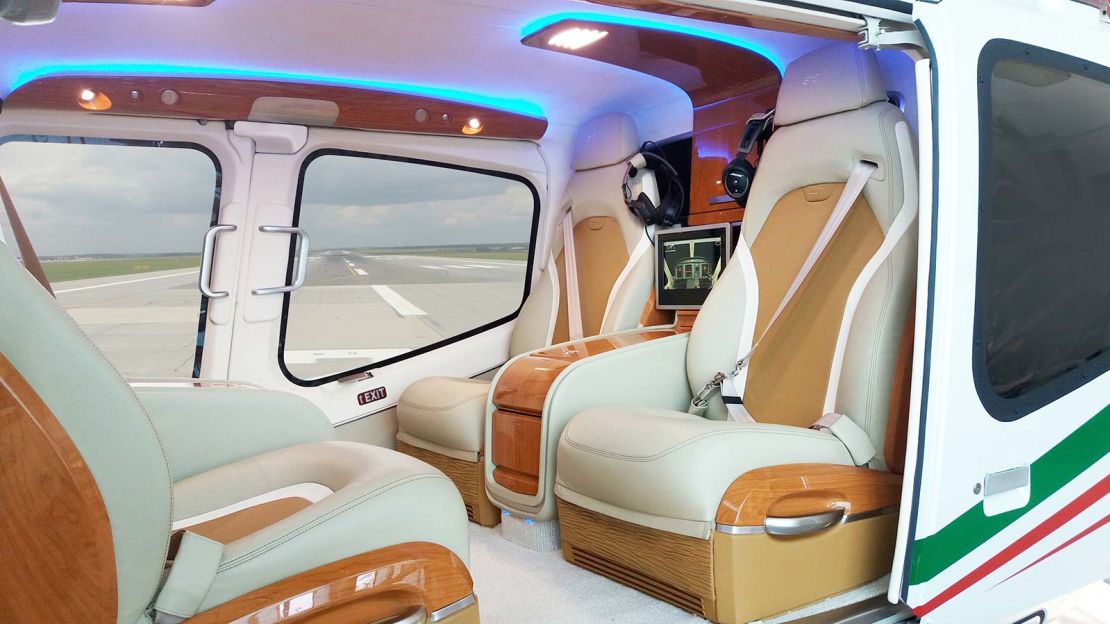
VVIP helicopters have some distinct upgrades from their more workhorse equivalents.
“One of them is cabin design, of course, but there are also a number of technology features that are only found in the uppermost segment of the helicopter market,” says Grayson J. Barrows, director of sales and marketing for cabin comfort systems at Mecaer Aviation Group, an Italian company that specializes in helicopter interior design.
As well as specialist firms such as Mecaer, helicopter manufacturers are also forming partnerships with top-tier luxury brands from outside the aviation industry.
Airbus Helicopters has partnered with Hermes and Mercedes-Benz for its ACH Edition range, while Leonardo has combined with fashion giants Versace and Karl Lagerfeld.
“We at Mecaer have our own design studio in Rome,” says Barrows. “The Made in Italy label is really appreciated by the VVIP public, but we also work with other fashion houses. They have a certain style that we would then integrate into the airframe.”
However, designers have to contend with the space and weight limitations that are part and parcel of the helicopter industry.
“In helicopters, luxury tends to be more subtle when compared to business jets,” explains Colin Hodges of Bell Helicopter.
“Many customers are content with a functional cabin, even if they have luxuriously furnished private jets. The cabin will still be very nice, but function often prevails over decor.”
There is, though, always room for some customization.

“At the end of the day, it all comes down to the customer’s interests,” says Barrows.
“While many customers really don’t care that much about the cabin interior and would just go with a standard catalog option, there are a few that are very demanding and want to have a say about literally every stitch.”
It’s not only about looks. Cabin comfort, habitability and reduced noise levels are also essential, even when the average helicopter ride is relatively short.
For example, Sikorsky takes pride in the low noise levels of its S-76D model, while Bell Helicopter highlights flight smoothness and reduced vibration as central features of its new Bell 525 Relentless model.
“VVIP passengers do not like to wear noise-reduction headsets,” says Barrows.
“They do not wear them on their private jets, neither do they expect to wear them during a helicopter ride.
“There is really smart technology contributing to reduced noise levels. They would also expect a smart inflight entertainment system, one they can control with their own hand-held devices and has the capacity to modulate the environment: things like light, temperature, dimming of the electrochromic windows and so on.”
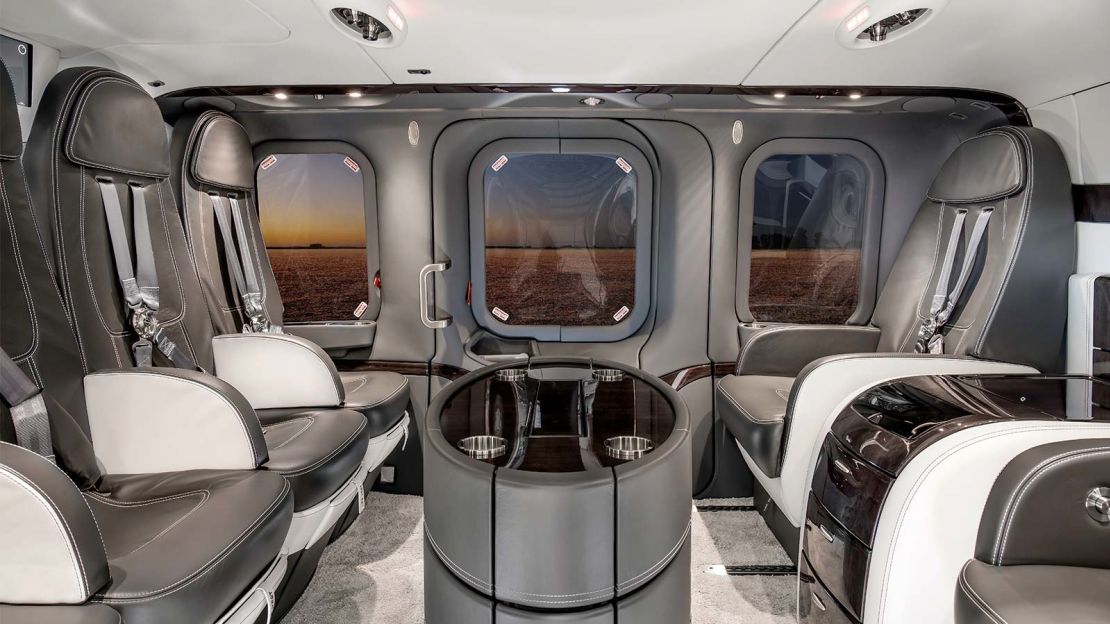
Cabin temperature is one of the features highlighted by Manuela Barbarossa, head of Leonardo’s VVIP unit. The Italian manufacturer has tweaked its auxiliary power system so that cabin temperatures can be adjusted while on the ground without the need for the rotors to be turning.
Isn’t all this a bit of overkill when the typical helicopter ride takes less than an hour?
“If you are a billionaire, wouldn’t you like everything to be absolutely top-notch, even if you ride your helicopter for no more than 20 or 30 minutes at a time?” says Barrows.
What do you need a helicopter for?
Short urban commutes are one of the principal uses of private helicopters.
“Urban growth and the emergence of the megalopolis is driving demand for helicopters,” says Barbarossa.
“In cities like Sao Paulo, for example, those that can afford it use helicopters for their daily commute.”
It’s no coincidence that Sao Paulo has been chosen as the launch city for Voom, a ride-on-demand urban helicopter service devised by Airbus.
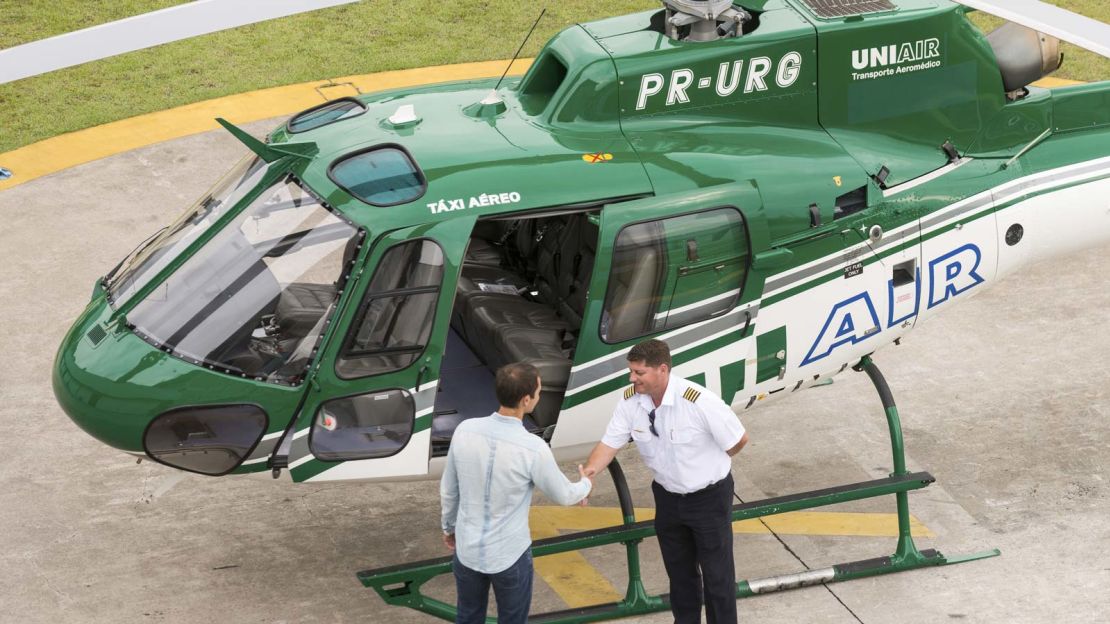
The recreational market is also very important, though.
After all, the uber-rich often seek secluded, hard-to-reach locations for their playgrounds, be it mountain resorts, private islands or mega-yachts.
It’s easy to underestimate the yacht-owner market when talking about helicopters, as one of the key roles VVIP helicopters fulfill is that of ferrying these rich and powerful individuals and their entourages to and from their superyachts.
To meet this demand, Airbus is looking to better accommodate the requirements of specific yacht models into its designs.
It not only cooperates with Peder Eidsgaard, a renowned mega-yacht designer, but has also launched the ACH Yacht Interface app, a digital tool dedicated to supporting yacht designers and shipbuilders to integrate ACH aircraft into its yacht projects.
Sometimes helicopter-owners need their machines to follow them wherever their jet-setting lifestyles take them.
“Our clients need to have a helicopter available wherever they go, it can be one continent one day and the other side of the world the next,” says Charlotte Ranslet Pedersen, chief executive of Luxaviation Helicopters.
“We make sure this is the case. On occasions we ship the helicopter by cargo plane from one side of the world to the other within a matter of hours.”
Luxembourg-based Luxaviation, which recently acquired VVIP helicopter operator Starspeed, is one of a handful of firms that combine the hard skills needed to run a highly specialized engineering operation, with the soft, but equally demanding, skills required to thrive in the world of high-end concierge services.
These firms, which include subsidiaries of the major helicopter manufacturers, not only take care of most maintenance needs, but also provide pilots and, in some cases, rent helicopters out to other users while their owners don’t need them.
Change ahead
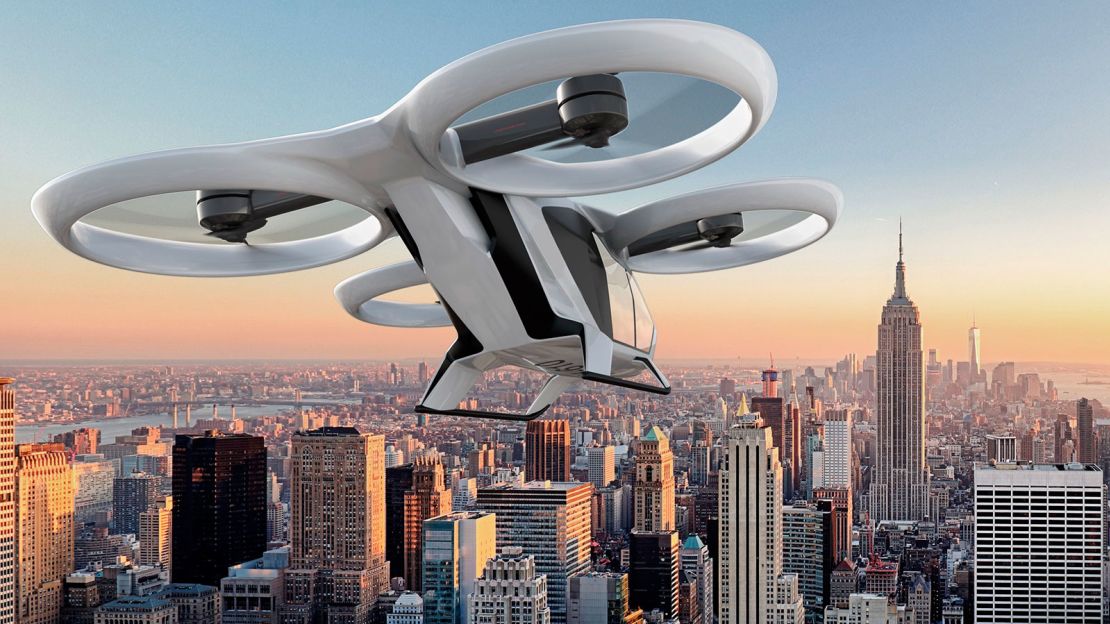
The world of helicopters is also ripe for innovation.
Leonardo is preparing the launch of the first civilian tiltrotor – the AW609.
Until now the preserve of the American military, tiltrotors can fly either as an aircraft or as a helicopter by switching the rotor position between the horizontal and vertical positions.
These machines combine the ability to take off and land vertically with the speed and range of turboprop fixed-winged aircraft.
The beauty of this concept is that it’s likely to attract customers from both the helicopter and executive jet worlds.
There is a compromise in that in aircraft mode they are slower than a jet, but the trade-off is they offer something closer to door-to-door travel.
The AW609 is going to have capacity for nine passengers, but Leonardo is already working on larger versions.
“We have already some 60 orders worldwide for the AW609 and expect many more once people start to realize its versatility,” says Barbarossa.
“Some of its uses may have not been yet envisaged.”
Commercial tiltrotors are likely to join other futuristic concepts as the aviation world continues to harness the possibilities of vertical lift.
The next few years should see the first commercial flights of the Vahana (which completed its first test flight in January 2018) and CityAirbus, both by Airbus, and of Uber Elevate, the aerotaxi that Uber is designing in partnership with Bell Helicopter.
Luxury versions will not be far behind.















